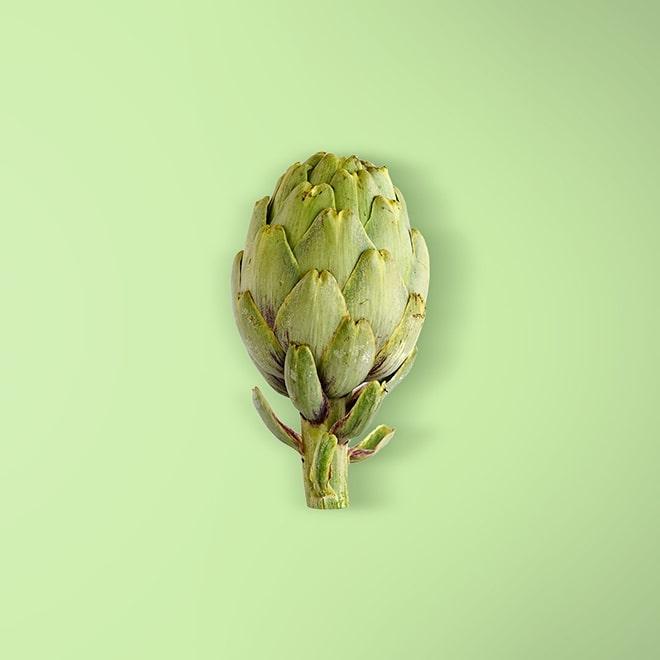Artichoke




The fun and aesthetically pleasing artichoke you’re probably most familiar with is called the Globe Artichoke. Globe Artichokes are shaped like big flowers!
You eat the overlapping scales by scraping the soft fleshy part off with your teeth —ideally after dunking that end in melted butter!
The 'heart' is the tasty creamy base inside the flowering structure.
Though they are a little tricky to eat, artichokes have soft earthy, nutty flavor that is unique to this flowery veggie. If eating your way to the center seems like too much work, you can also buy baby artichokes (which can be eaten whole) or canned and jarred artichoke hearts.
Select dark green artichokes that are firm and feel heavy. The heavier and firmer the artichoke, the fresher it will taste.
You can store artichokes for 3-5 days in the fridge. Do not rinse or cut the artichoke before storing it, but do sprinkle the stem with water and cover it with a plastic bag.
Add a some sugar and salt to the boiling water to retain color and add a bit of sweetness to the artichoke.
To make the artichoke look a bit more shiny when served, add some olive oil to the water.
To keep the artichoke looking fresh add some lemon juice or vinegar to the water.
Artichokes contain a special acid called cynarin. Cynarin is tasteless, however it causes the next thing you eat to taste a bit sweeter than it otherwise would.
Before cooking the artichoke, rinse it and remove any dirt or film from the exterior. Trim an inch of the top and cut a quarter inch off the stem. Then use a knife to cut of all the thorns off the petals. If you want to season the artichoke, separate the petals and pour the seasoning in between.
When eating the stems of the artichoke, make sure you boil them in water with a little salt and vinegar.
When only the heart needs to be prepared, trim off the leaves and cut off the top of the artichoke. Use a spoon or melon baller to remove the choke and use a knife to remove the outer leaves and base of the stem. What you should have left now is the inner stem or heart which can then be prepared.
Besides being low in calories and fat, artichokes are an excellent source of vitamins and folic acid.
The edible parts of the artichoke are on top of the list of vegetables with the most in-vitro antioxidant capacity.
One artichoke contains approximately one fourth of the average adult’s daily fiber requirements.
Corrections or improvements? Email us at
content@sidechef.com